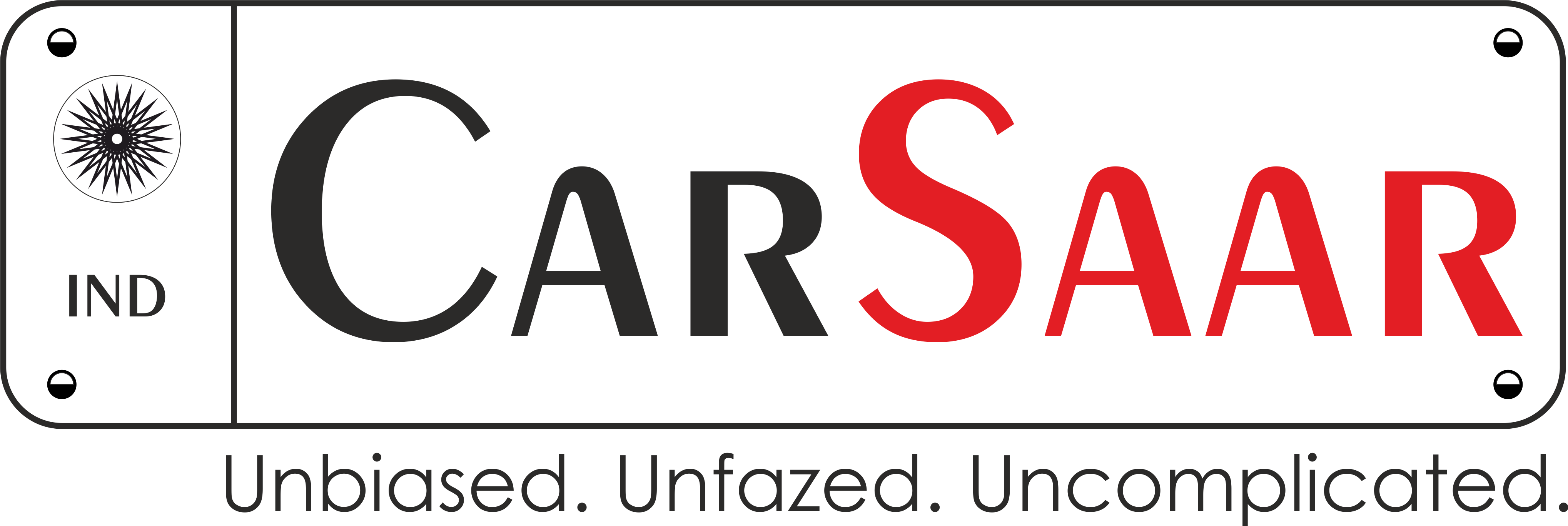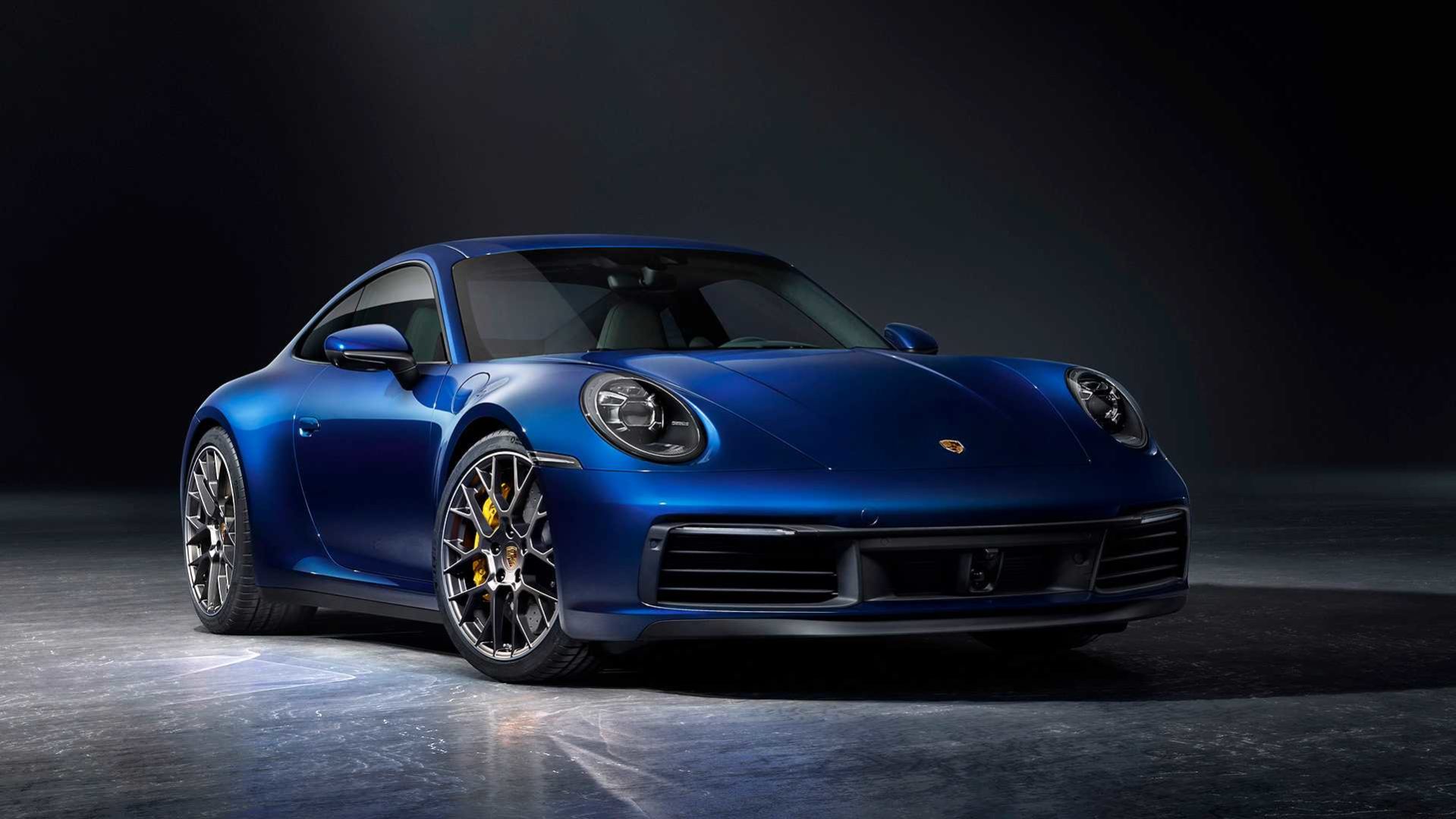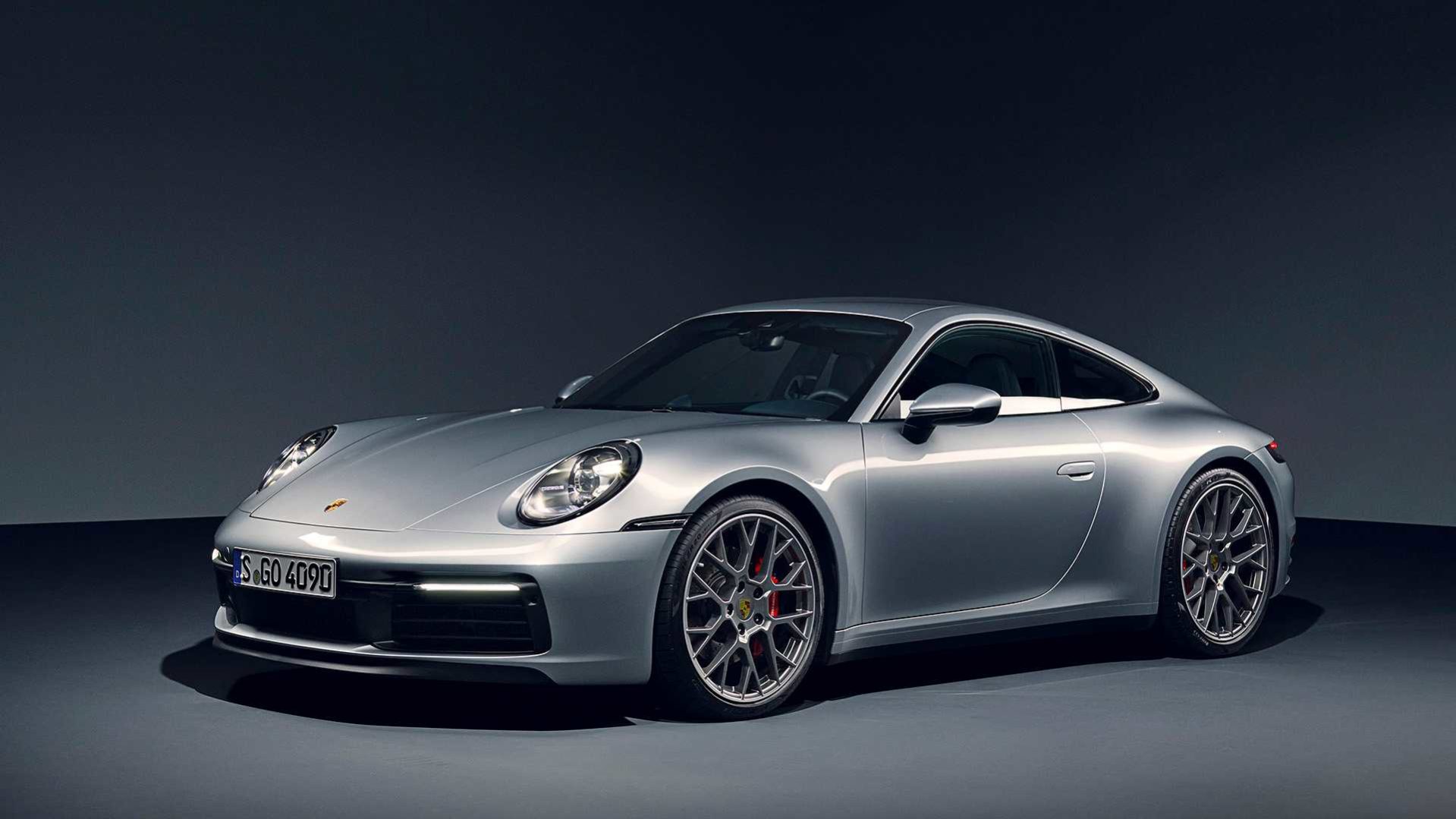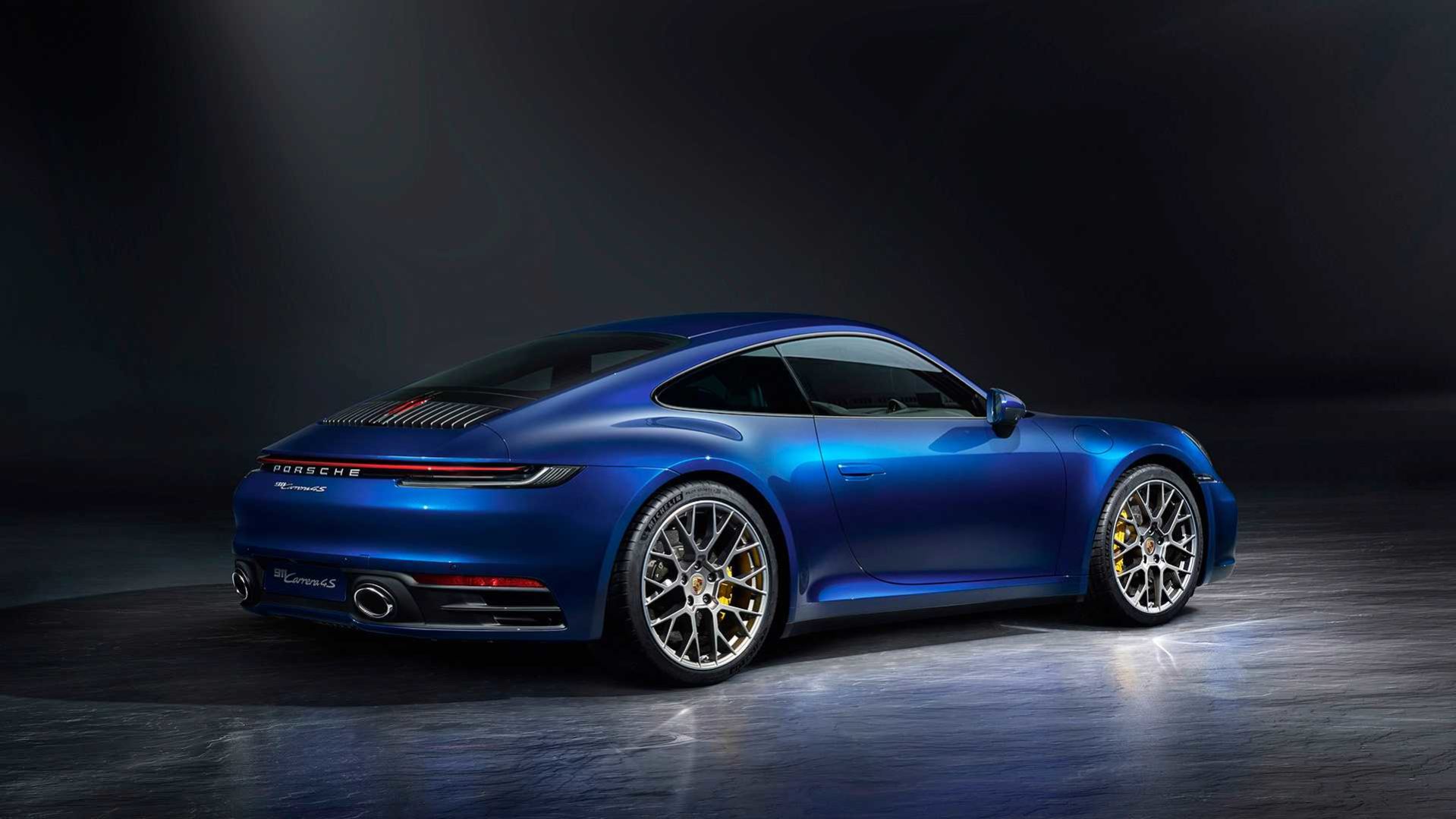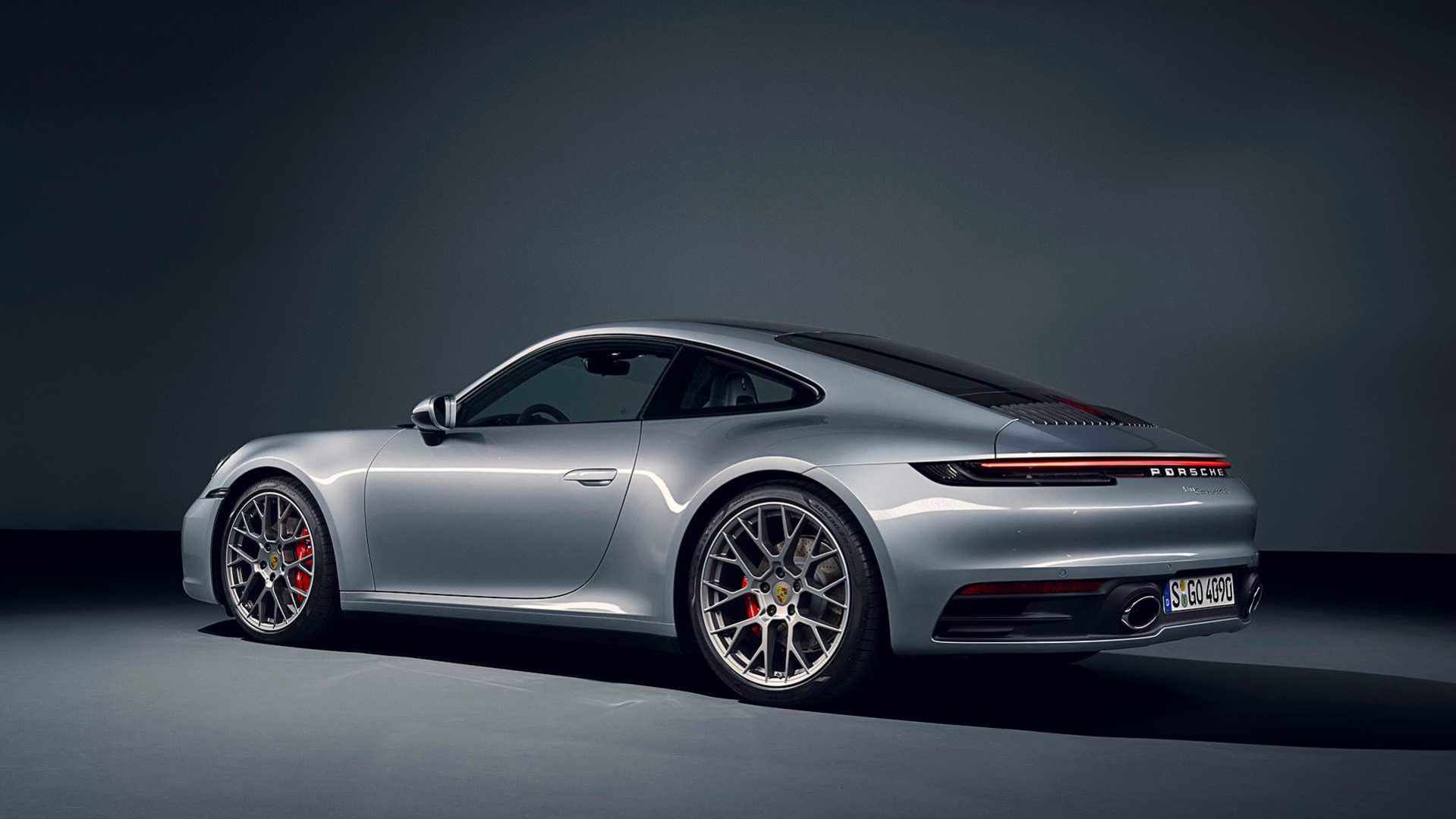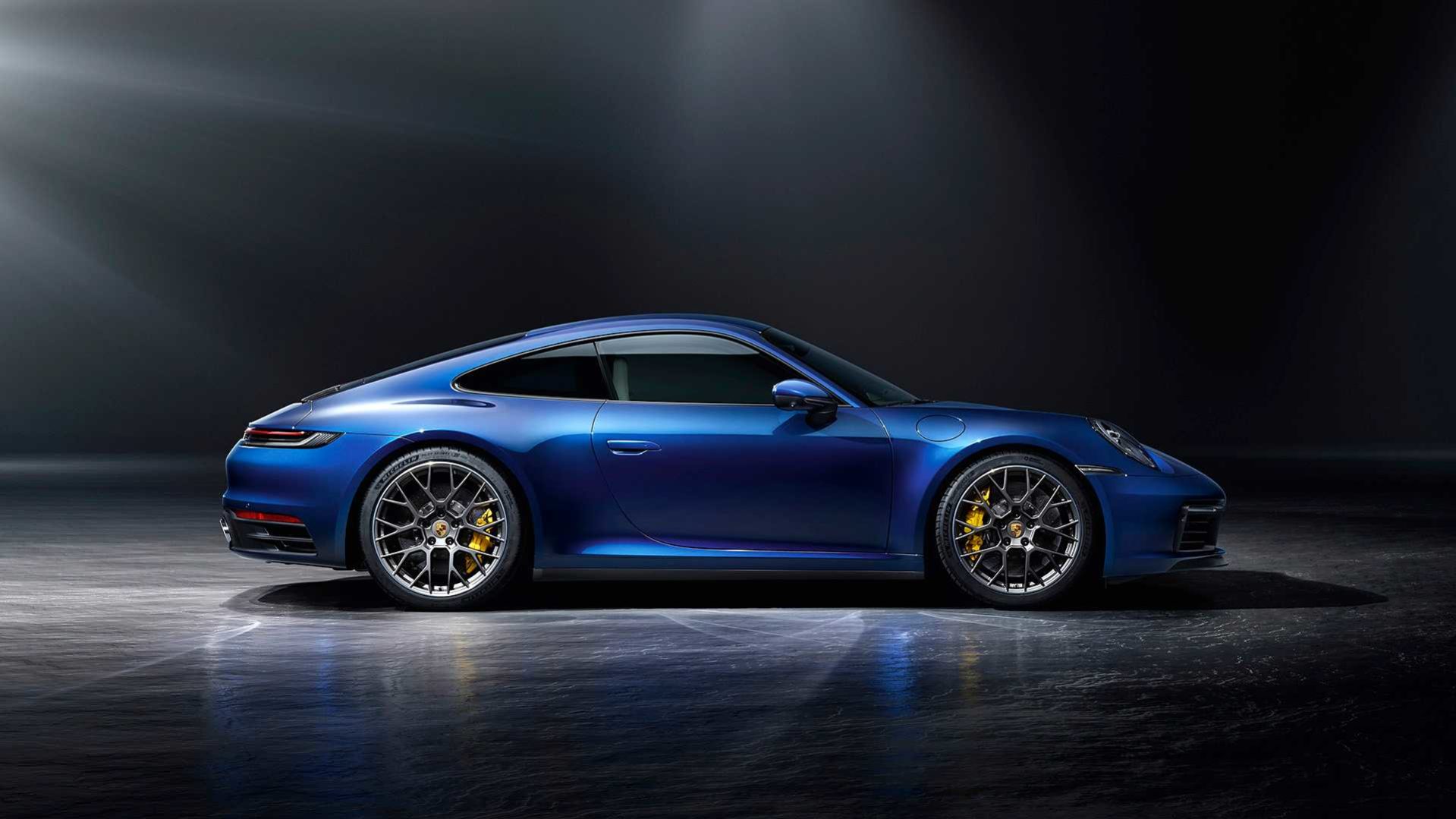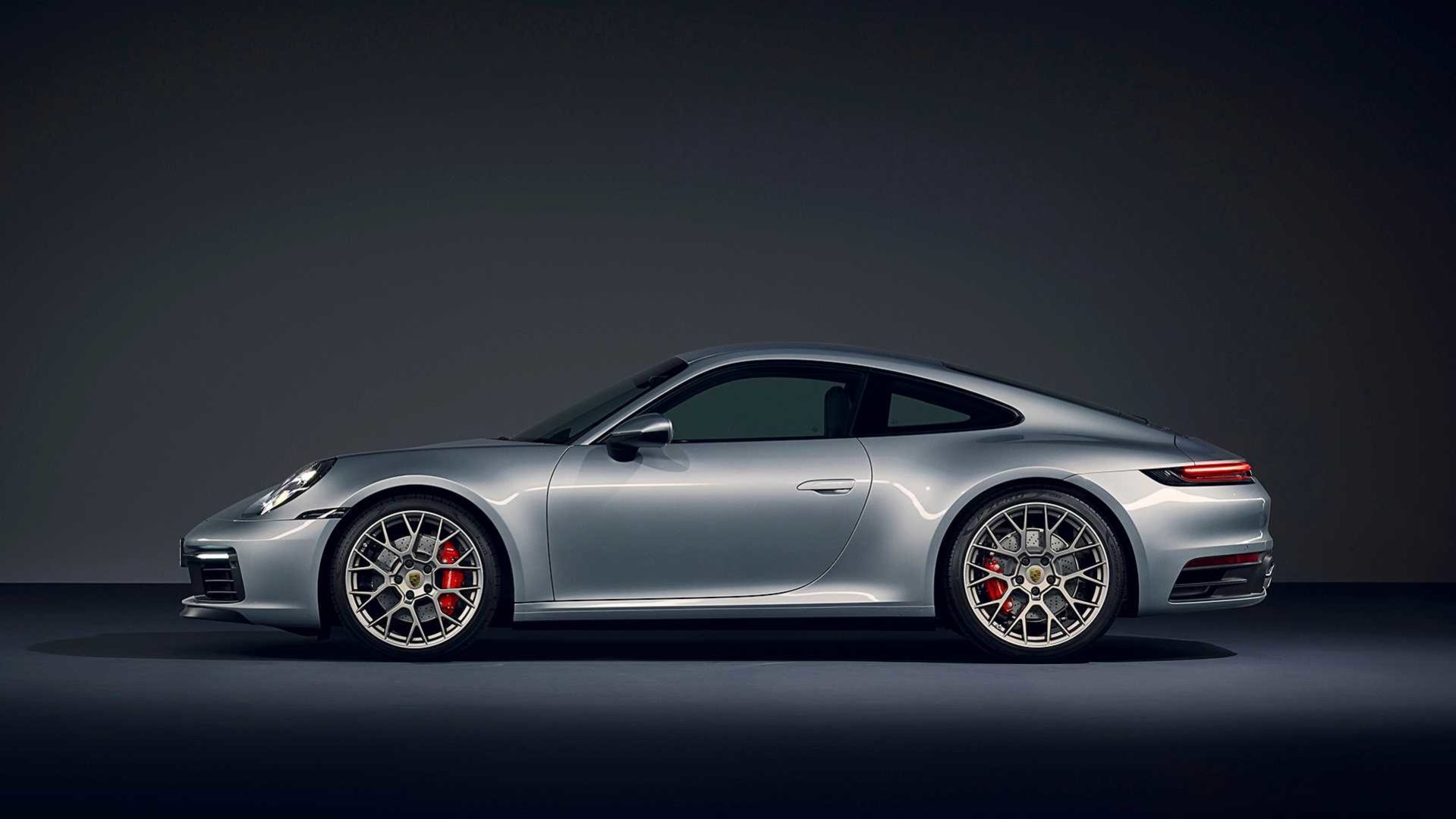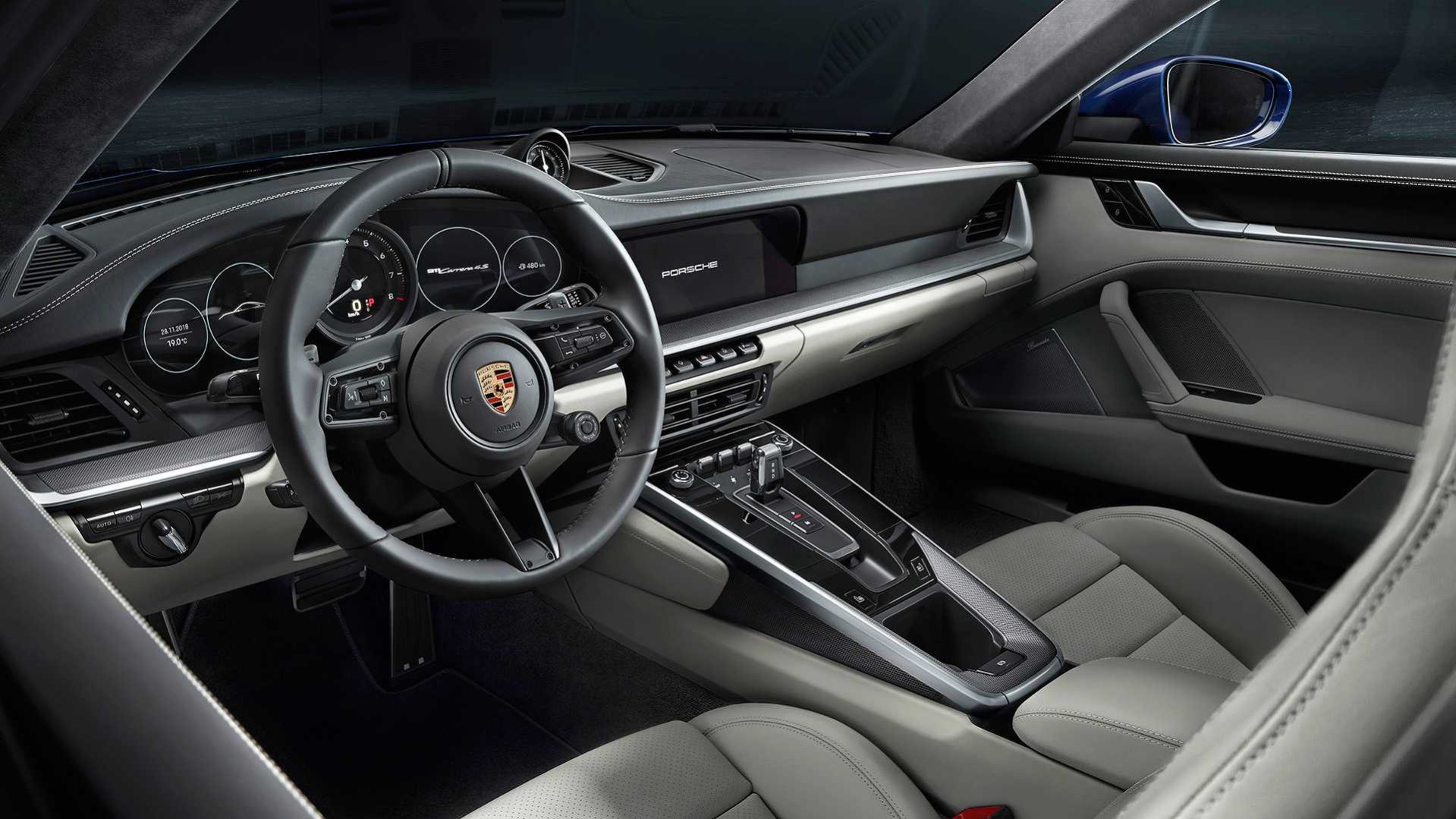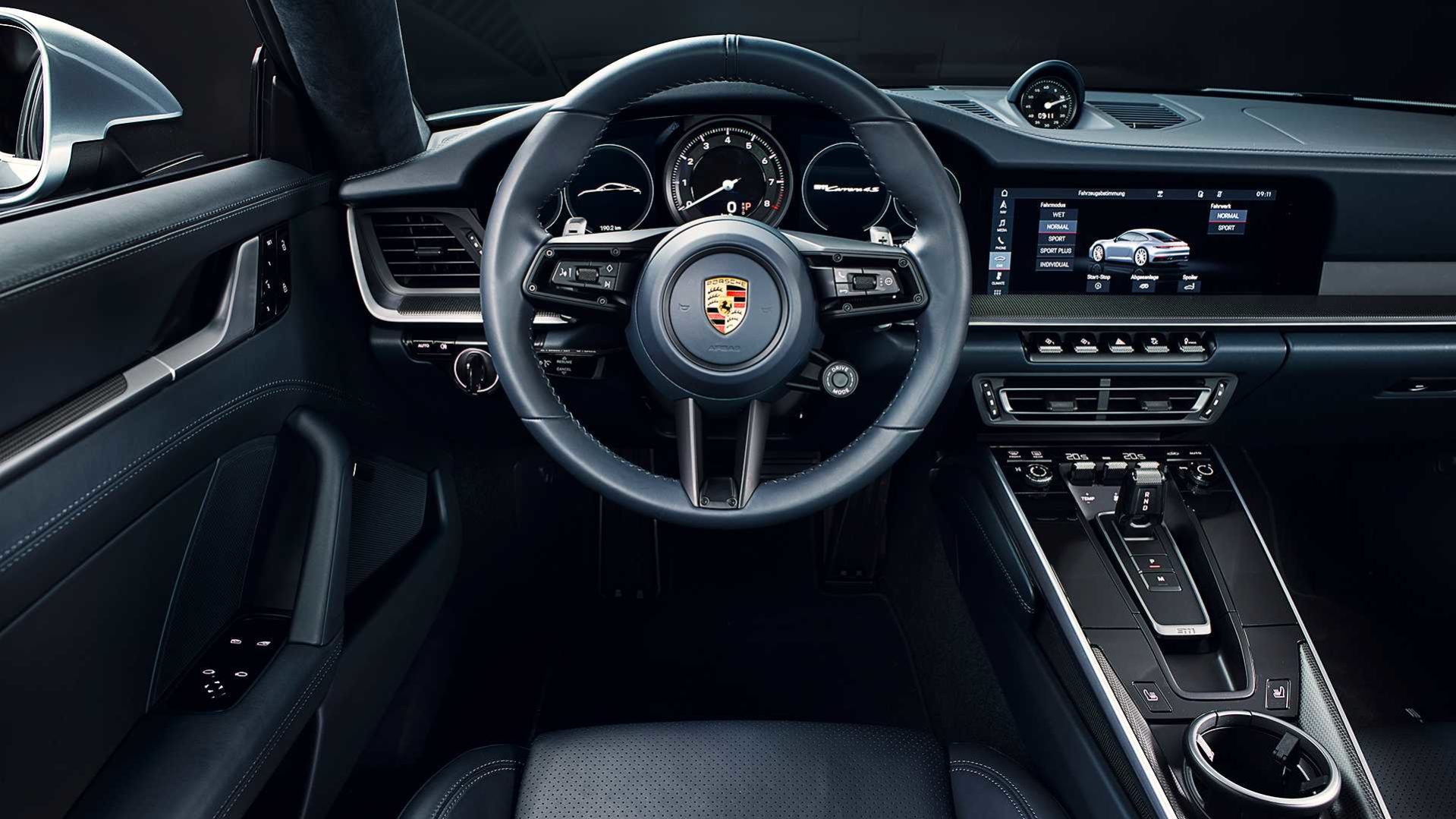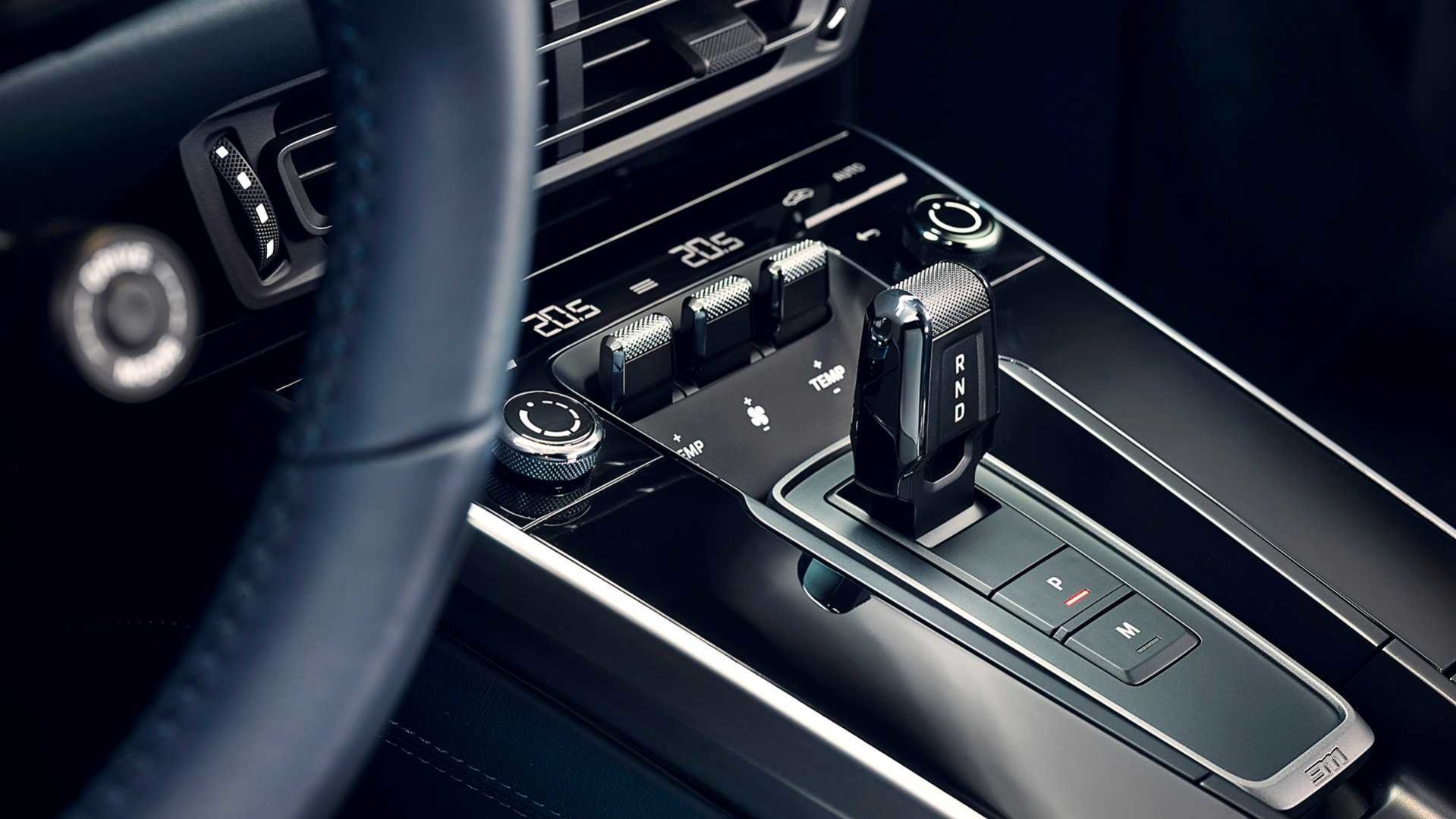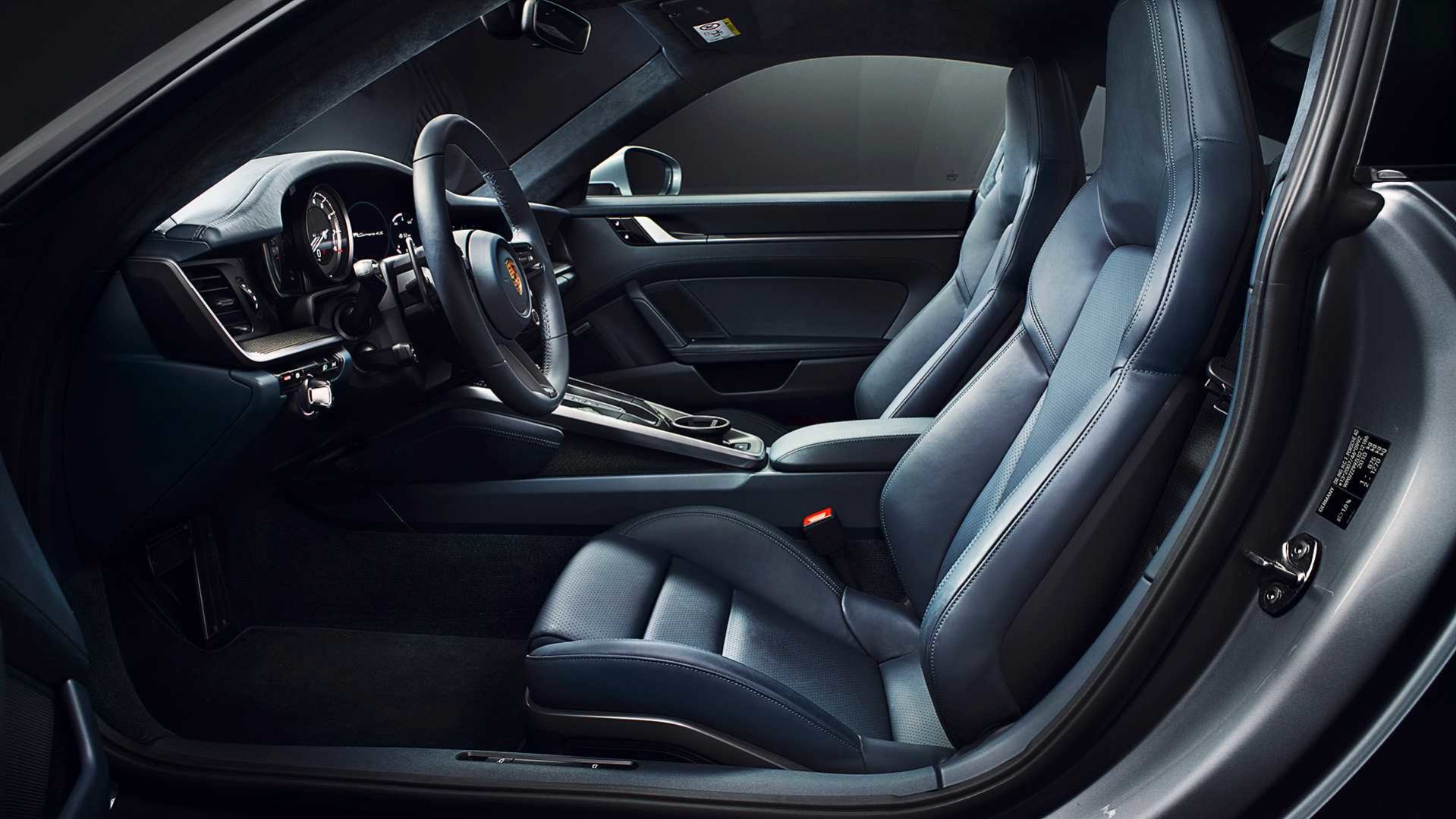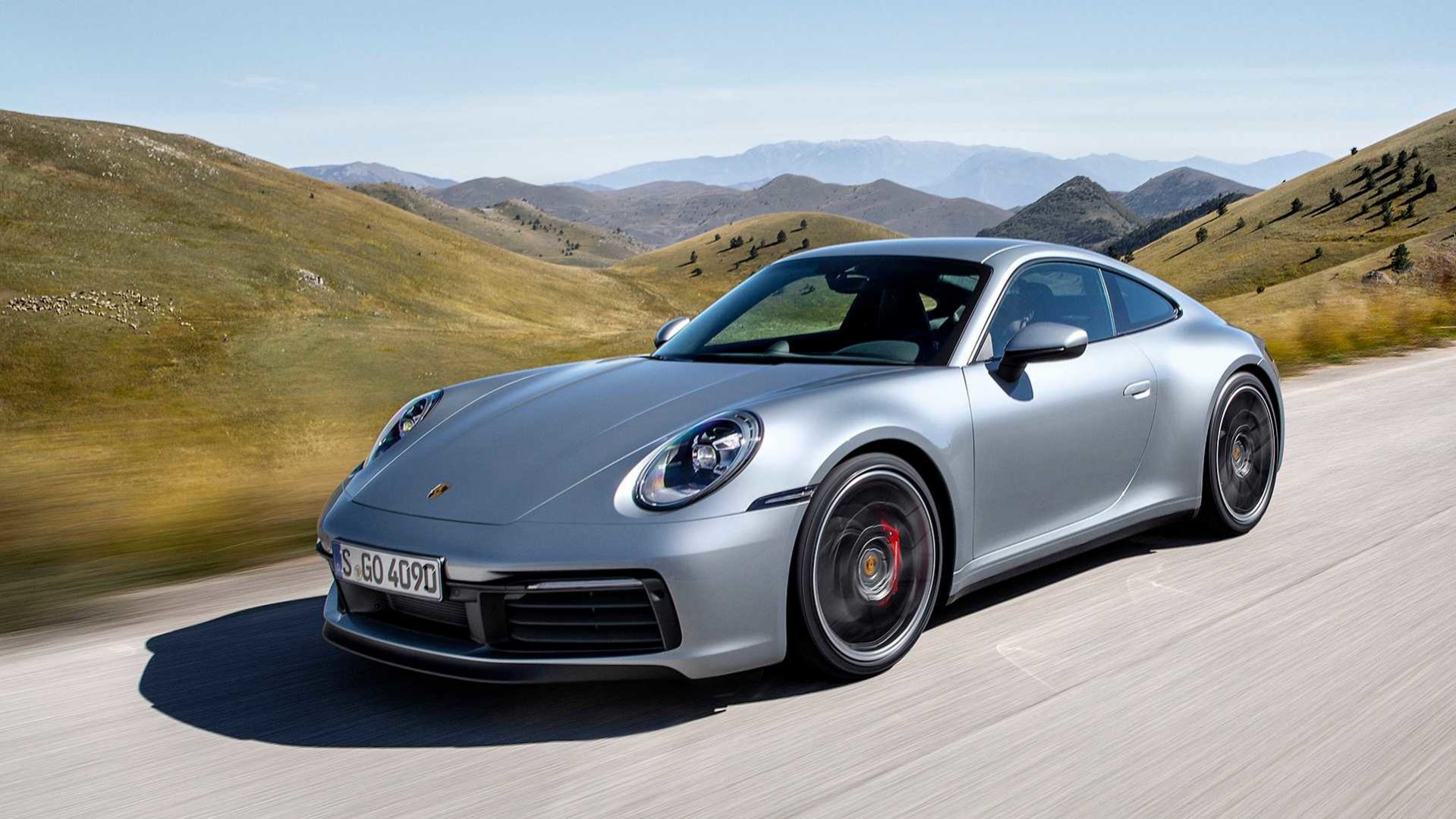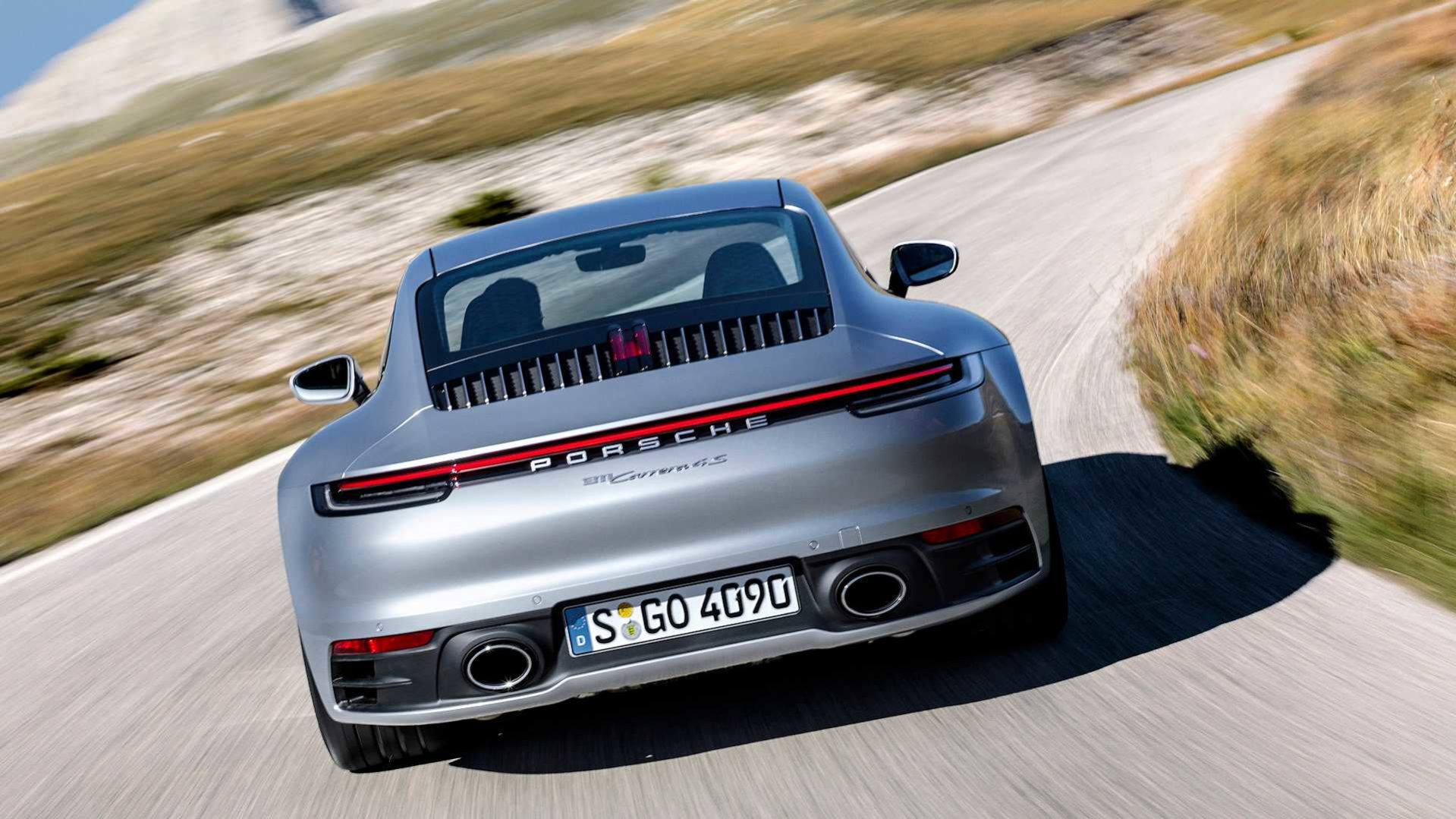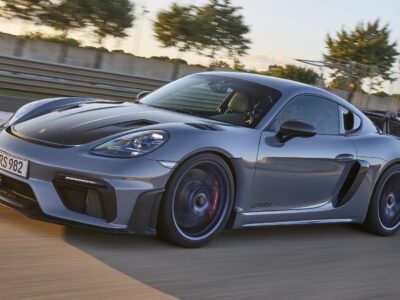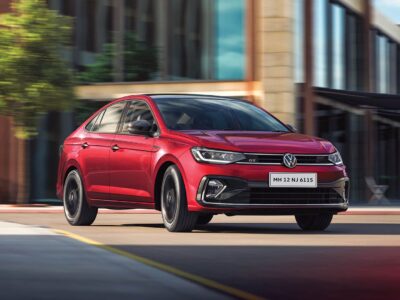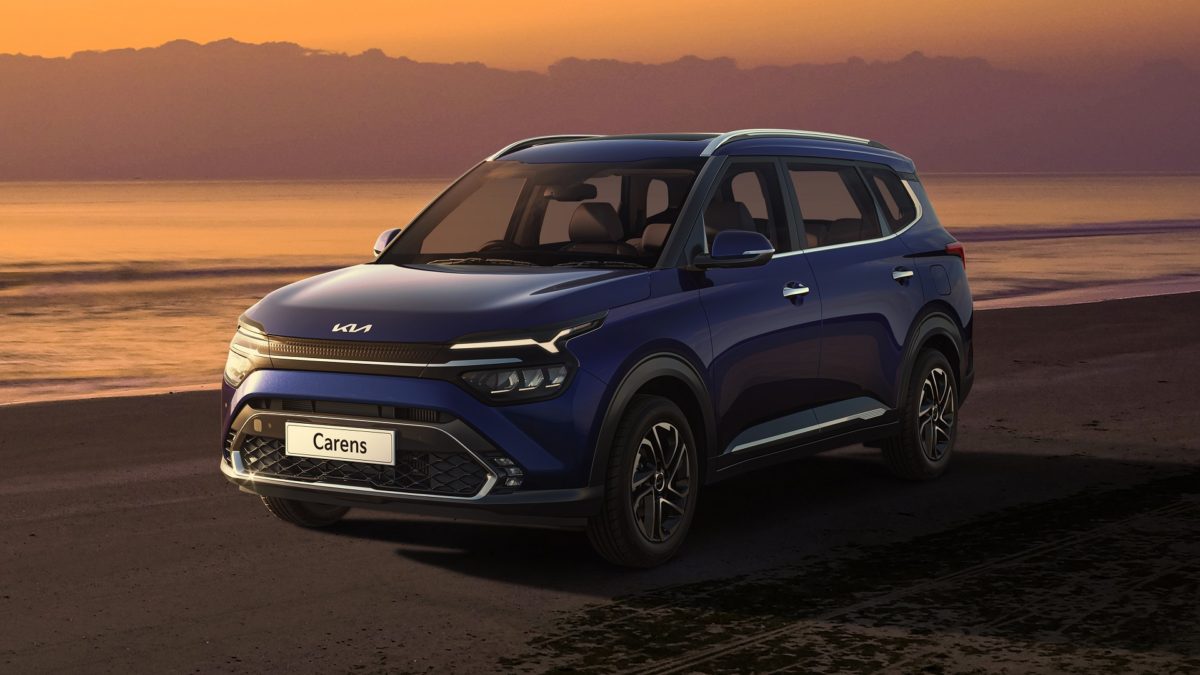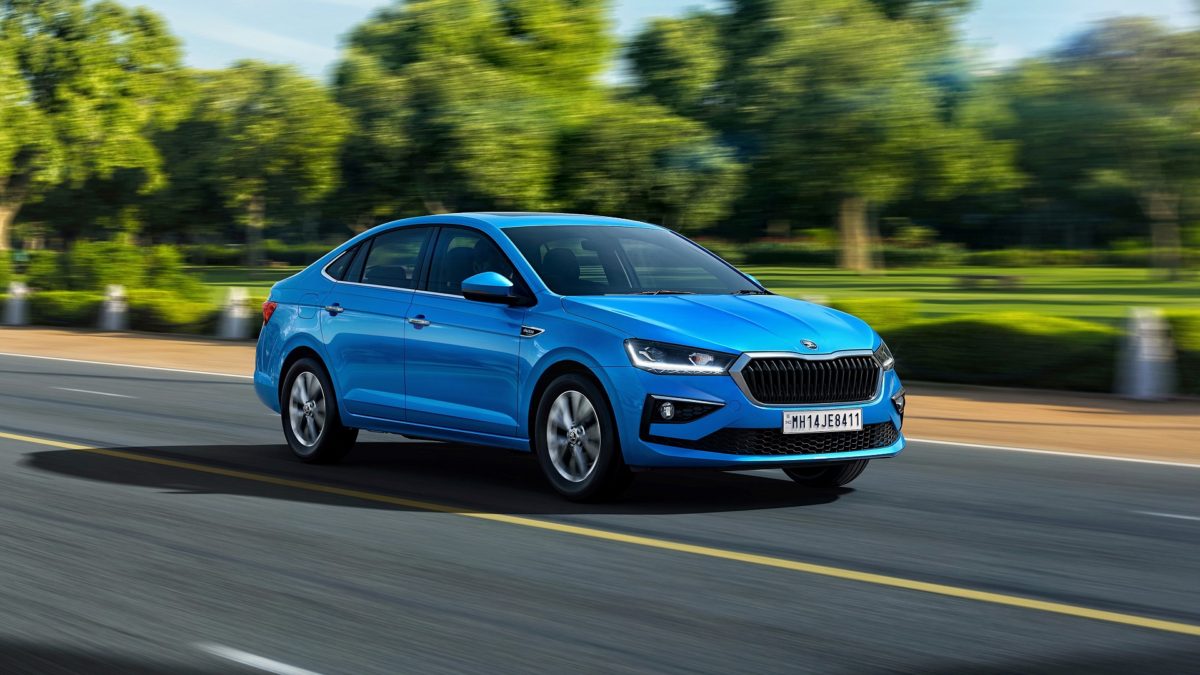Saar: Apart from being more powerful, the iconic rear-engine sportscar is safer and more feature-rich than ever before.
On the eve of the 2018 L. A. Auto Show, Porsche unveiled the all-new 911. Now in its eighth generation, the iconic rear-engine sportscar is not just more powerful and quicker than before but also safer and more feature-rich. Several prototypes of the new model were put through rigorous testing, covering over 3 million kilometres across varied climatic conditions and different altitudes. The main objective was to ensure that the new Porsche 911 delivers flawless performance everywhere (almost) it goes.
To an untrained set of eyes, the eighth-gen Porsche 911 might look exactly the same as its predecessor. And there is evidence to support that claim, with the overall silhouette remaining pretty much the same. But that’s always been the case with the 911. With every generation change, what Porsche does is fine-tune the iconic shape to keep it refreshed and updated with modern technology.
The new Porsche 911 gets a 45mm wider body at the front, bigger wheel housings which can accommodate 20-inch and 21-inch wheels at the front and rear respectively and new LED headlights. The door handles are powered and pop-up when needed. Otherwise, they are hidden away within the doors to make side contours seamless. At the rear, there is a wider rear spoiler and the unmissable light bar that meets the car’s rear haunches on either side. The dual exhausts, which are housed in the rear bumper, are now bigger and oval in shape. Porsche says that apart from the front and rear sections of the new 911, the entire outer skin is made from aluminium.
Underneath, the Carrera S and Carrera 4S versions of the new Porsche 911 house a 3.0-litre, flat-six engine. The reworked, rear-mounted power-plant produces 450PS, an increase of 30PS than before. The engine comes mated to an 8-speed automatic transmission which feeds power to the rear wheels in the Carrara S and all-four-wheels in the Carrera 4S. The 0-100kmph times for both those 911 versions, in that order, are 3.7 seconds and 3.6 seconds respectively. That’s 0.4 seconds quicker over the corresponding previous-gen 911 versions. Add the Sport Chrono Package and the sprint time will tumble by another 0.2 seconds. The claimed top speed for the Carrera S is 308kmph, which is 2kmph more than the Carrera 4S.
Inside the cabin, it is again the case of evolution rather than revolution. The clean dashboard design encompasses a traditional Porsche instrument cluster, with an analogue tachometer in the centre flanked by two displays. At the centre, there is a 10.9-inch touchscreen infotainment display which, like the displays in the instrument cluster, can be operated via the multifunction steering wheel. The standard Porsche Communication Management system brings in online navigation, based on swarm data, as well as Porsche Connect Plus.
Also, all versions of the new Porsche 911 feature a Wet driving mode as standard. The function detects water on the road, preconditions the control systems accordingly and warns the driver. The warning and the standard brake assist system work together to detect the risk of collisions and apply emergency brakes if need be. The list of options includes Night Vision Assist with a thermal imaging camera, adaptive cruise control with automatic distance control, stop-and-go function, reversible occupant protection and autonomous Emergency Assist function.
The new Porsche 911 will go on sale in Europe early next year. Inevitably, it will make its way on our shores too. Expect the latter to happen in the second half of 2019.

